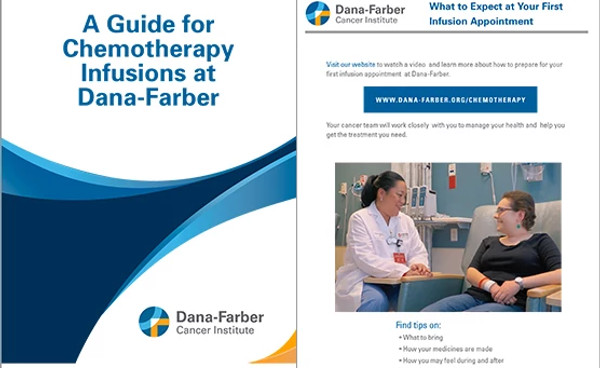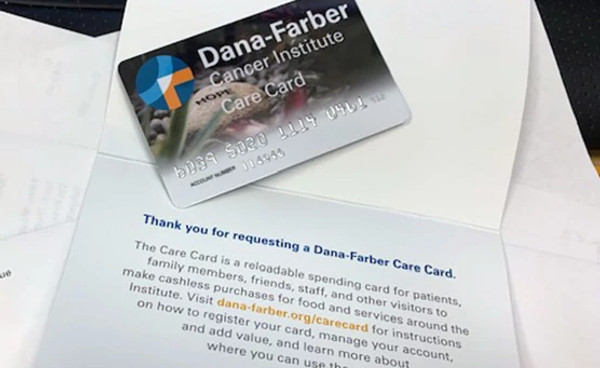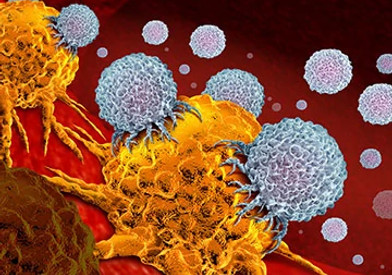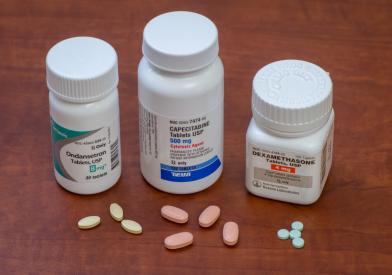About Chemotherapy
More than half of all people with cancer will receive chemotherapy – powerful drugs that kill cancer cells to cure the disease, slow its growth, or reduce its symptoms.
There are more than 100 different drugs used in chemotherapy, sometimes alone, but more often in combinations that have proven effective against specific types of cancer. Though traditionally given by injection or intravenous infusion, chemotherapy drugs are increasingly available as pills or liquids that patients can take at home (oral chemotherapy).
Administered prior to surgery, chemotherapy may make a tumor smaller and easier to remove. Chemotherapy is often given as an adjuvant treatment following surgery or radiation to destroy any remaining cancer cells.
Chemotherapy drugs work in many different ways to kill cancer cells. Most attack the DNA within cancer cells, preventing them from dividing and causing them to self-destruct. Methotrexate, for example, used to treat breast cancer, head and neck cancers, and some blood cancers, blocks a key enzyme the cells need to synthesize new DNA. Other drugs bind to the DNA and lock the strands of the double-helix in place, preventing them from unwinding to form new copies. Certain drugs originally isolated from fungus organisms trigger the formation of free oxygen radicals, which damage the strands of DNA within the cancer cells.
Learn more about chemotherapy by infusion.
Learn more about oral chemotherapy.
Side Effects
Chemotherapy can cause side effects because in addition to killing fast-growing cancer cells, the drugs can also harm rapidly dividing cells that make up the hair follicles, skin, and lining of the digestive tract. Oral chemotherapy and chemotherapy by infusion have the same symptoms and side effects.
Along with chemotherapy, patients sometimes receive monoclonal antibodies, a relatively new type of cancer treatment. Made in the laboratory, monoclonal antibodies bind to proteins on the surface of cancer cells called antigens. This enables the patient’s immune system to recognize and destroy the cancer. Examples of monoclonal antibodies are Herceptin, for treating certain breast cancers, and Rituxan, a therapy for lymphoma.
New Therapies
In an effort to “target” cancer cells more specifically, a growing number of new drugs are designed to attack particular malfunctioning proteins that cause cancer cells to grow and spread. Since these flawed proteins aren’t found in normal cells, the drugs may have fewer toxic side effects.
One of the best-known and earliest targeted drugs is Gleevec, which is a major advance in treating chronic myeloid leukemia and GIST — gastrointestinal stromal tumors. Other targeted therapies are Tarceva and Iressa, both used to treat certain lung cancers.
Immunotherapy is one of the hottest and most promising strategies for cancer treatment. Unlike chemotherapy drugs, immunotherapy agents jump-start the patient’s immune system to attack cancer cells: some activate the cell-killing T cells of the immune system, while others remove the brakes that cancer cells apply to the patient’s immune response.
These drugs, such as Yervoy (ipilimumab) and Keytruda (pembrolizumab) have mainly been used to treat melanoma but are being tested against other forms of cancer. Dana-Farber's Center for Immuno-Oncology is currently testing a range of new immunotherapy agents.
You may receive your chemotherapy at home, in an outpatient setting, or in the hospital. Your health care team will decide the best place for you to receive treatment.











